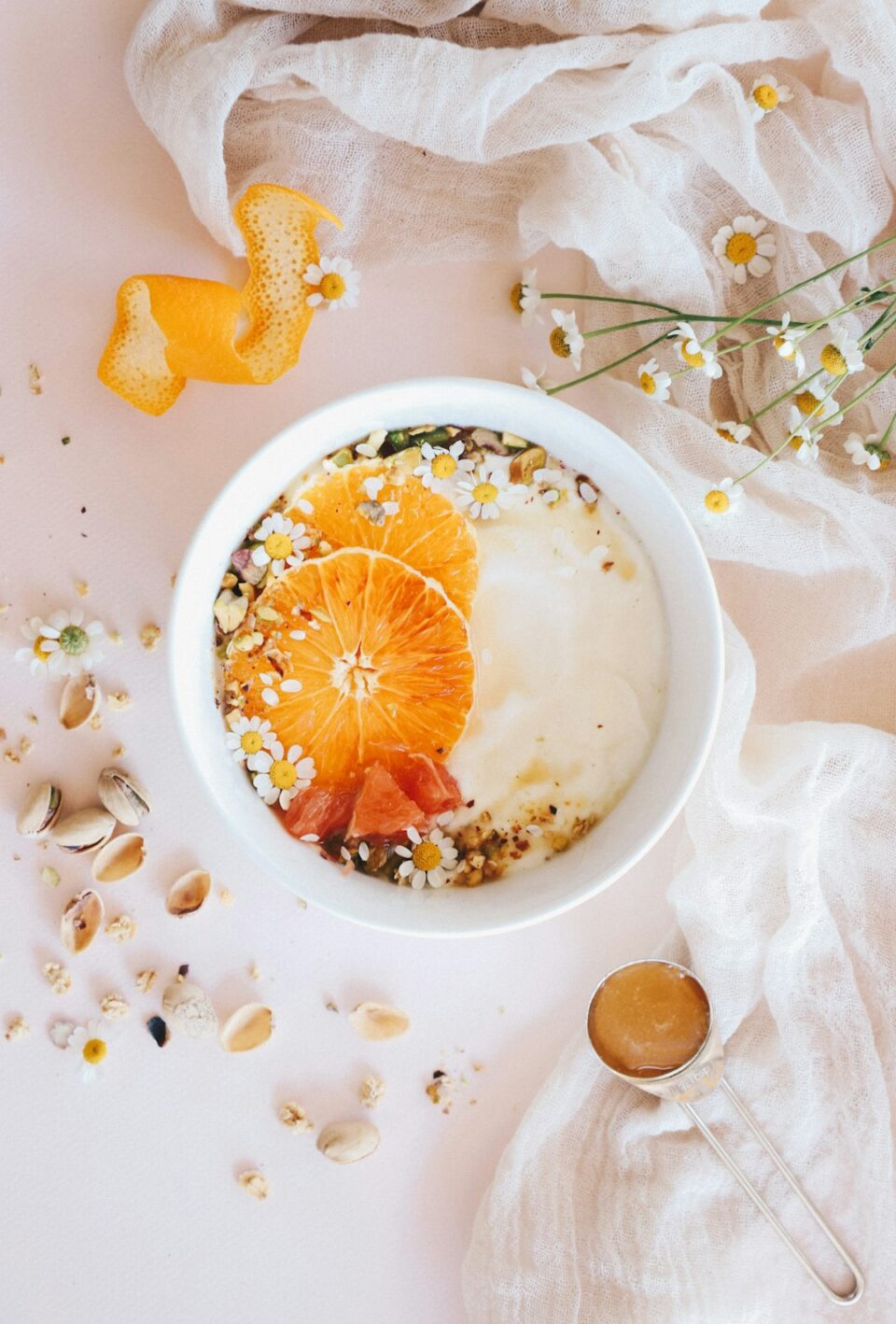When it comes to dining at a restaurant or even making a meal at home, presentation plays a crucial role in the overall dining experience. The way a dish is plated can greatly impact how it is perceived and enjoyed by the diner. This is where the art of food plating comes into play.
Food plating is not just about arranging food on a plate in an aesthetically pleasing manner, but it is also about creating a visual balance and harmony that enhances the flavors and textures of the dish. Whether you are a professional chef or a home cook, mastering the art of food plating can elevate your culinary skills and impress your guests.
Here are some tips for presenting your dishes like a pro:
1. Start with a clean canvas
Before you begin plating your dish, make sure your plate or bowl is clean and free of any smudges or stains. The presentation of your dish will be greatly enhanced by starting with a clean slate.
2. Choose the right plate
The type of plate you use can greatly impact the presentation of your dish. Consider the size, shape, and color of the plate when plating your food. A white plate is often a safe and versatile choice as it allows the colors of the food to pop and shine. Additionally, consider the size of the plate in relation to the portion size of the dish – you don’t want the plate to look too empty or overcrowded.
3. Think about balance and composition
When plating your dish, consider the balance and composition of the elements on the plate. Create visual interest by varying the heights, shapes, and colors of the components of the dish. Use the rule of thirds to guide your placement – imagine dividing your plate into three equal parts vertically and horizontally, and place your food along these lines for a visually pleasing arrangement.
4. Consider the texture and color of the ingredients
In addition to the flavor of the food, consider the texture and color of the ingredients when plating your dish. Think about how you can create contrast and visual appeal by incorporating ingredients with different textures and colors. Garnishes such as herbs, edible flowers, and sauces can also add a pop of color and interest to your dish.
5. Use negative space
Negative space, or the empty space on the plate, is just as important as the food itself when plating a dish. Use negative space strategically to create a sense of balance and focus on the food. Avoid overcrowding the plate with too many elements as it can overwhelm the diner and take away from the overall presentation.
6. Pay attention to detail
Small details can make a big difference in the presentation of your dish. Take the time to wipe the edges of the plate, arrange garnishes neatly, and drizzle sauces or oils with care. Attention to detail shows that you care about the dish you are serving and can elevate the dining experience for your guests.
7. Experiment with different plating techniques
Don’t be afraid to experiment with different plating techniques to create unique and interesting presentations. From stacking, layering, and drizzling to using molds and forms, there are countless ways to showcase your creativity and style through food plating.
8. Practice, practice, practice
Like any other art form, mastering the art of food plating takes practice and patience. Take the time to experiment with different plating techniques, ingredients, and presentations to find what works best for you. Remember that practice makes perfect, and with time and dedication, you can become a master at food plating.
In conclusion, the art of food plating is a skill that can greatly enhance the dining experience for both the chef and the diner. By paying attention to the details, experimenting with different techniques, and practicing regularly, you can elevate your culinary skills and create visually stunning dishes that are as pleasing to the eye as they are to the palate. So next time you prepare a meal, take the time to plate it beautifully and impress your guests with your artistry and creativity.


